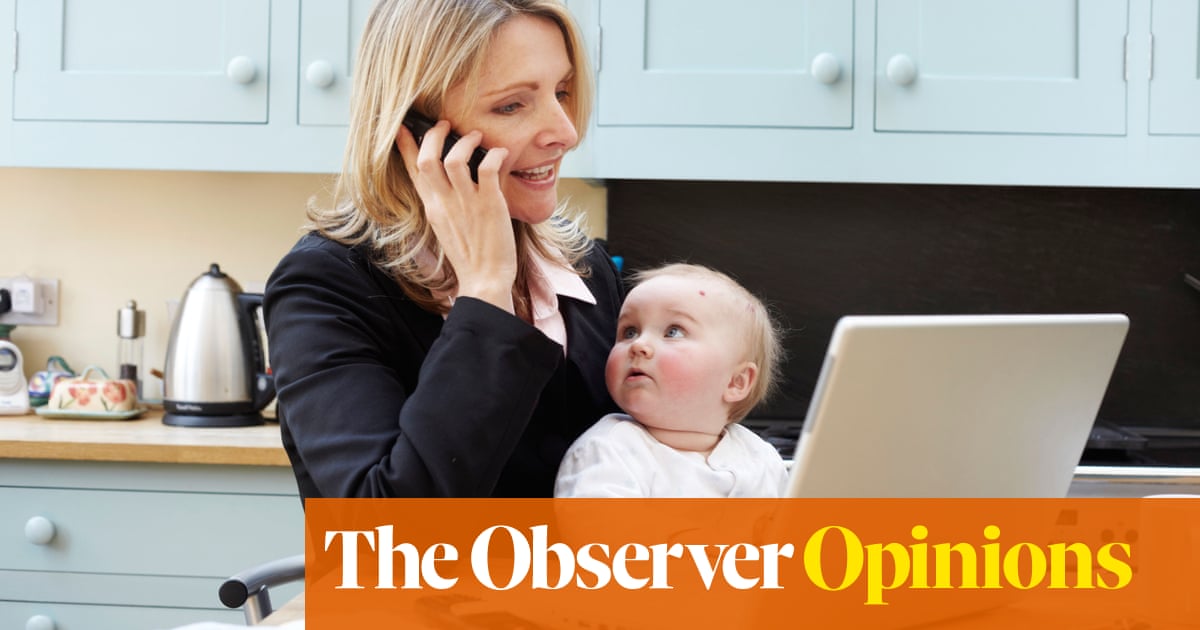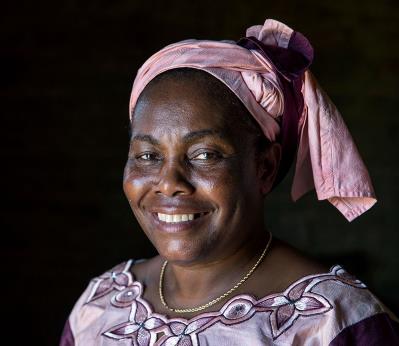
Birthrates are falling in the rich world and this leaves us with an unsolved puzzle. Women who want children are not having them. Why? Surveys tell us that, on average, women and men in rich countries would ideally like two children – near the coveted “population replacement rate” of 2.1 – but birthrates are falling far short of this. Women have more money and choices than ever, but are for some reason not able to have as many children as they would like. Why not?
Well, in places such as the UK, falling birthrates are frequently blamed on childcare, housing and income problems. In some respects, people in their 20s, 30s and 40s are worse off than their boomer parents. Hence fewer children.
That feels right. But compare the situation of today’s young to almost any group other than their boomer parents and our theory falls apart. Millennials in the modern rich world live in far greater luxury than their child-popping contemporaries in poorer countries. Even within millennial groups in the US and Europe, it is among the middle and upper classes where birthrates are mostly falling.
This is not just about money. Since the 90s, parental incentives have soared across rich countries, yet birthrates have continued to plummet. Last week’s plea from a Chinese health official for leaders to “make bold innovations” to boost the birthrate, after financial incentives failed to work, fit a global pattern.
OK: so it’s about social structures, then? Lack of childcare, unequal parental leave and career penalties for mothers. Not so – or not primarily. In our fecund recent past, remember, career penalties for mothers were even higher. Mothers still suffer a career penalty almost everywhere, but attempting to remove it doesn’t seem to alter their decisions that much. Since 2008, amid unequalled progress in gender equality and some of the most generous parental support schemes on the planet, birthrates in Sweden, Norway and Iceland have fallen precipitously. Nordic countries are, comparatively, parental utopias, yet birthrates tick along slightly above the EU average and still well below the replacement rate.
Better childcare and parental provision are, of course, worthwhile policies on their own terms: they increase human happiness but they do not change birthrates all that much.
In fact, falling birthrates track with just one metric: a rise in female empowerment itself. The right to contraception and abortion allows women not to have children they don’t want and life offers them a greater range of interesting choices outside motherhood. That accounts for a lot but it doesn’t explain why women with all these increased choices are having fewer children than they would like. No one has nailed down the answer. What is that?
Well, here is a suggestion. Surveys of childless women tell us that a top reason is not career, lifestyle or financially related: it’s that they just haven’t found the right partner. This was the second most common reason given in a representative UK study of 42-year-old childless women – right behind not wanting children. (Focusing on career was way down the list.) US studies echo this. Fertility rates within marriages have stayed fairly steady since the 1990s. Gay couples have started to add to birthrates too but the dramatic rise in childless women – and their inability to find the right partner – is driving a good deal of the rich world’s birthrate fall.
Hang on, why is it that only modern women have this problem? How is this related to empowerment? Well, “just not being able to find the right man” is a fairly recent luxury for women. Their grandmothers and great-grandmothers who didn’t find the right man would probably at some point simply have had to pair up with the wrong man – single life, or “spinsterhood”, was just too miserable and poverty-stricken. Women spending this Valentine’s Day alone should consider that in ages past they would probably have been married by now, happily or not.
Women may not in theory want to be single and childless, but they can afford to be if the right person doesn’t come along. That is how increased choice might paradoxically result in women who want children not having them.
If correct, our theory would present policymakers with a conundrum. Falling birthrates are a problem for countries that fret about shrinking workforces. But they are also being driven by something positive: greater female choice. We cannot simply suggest single women – or indeed single men, who are making many of these choices – alter their expectations when they have freely decided that they would rather pay the price for not doing so.
Immigration is only a sticking plaster for rich countries: birthrates will soon fall everywhere. But there’s another more radical solution to all this. Single women may not want to pair up, but they can still have children alone. Yet single motherhood is still offputtingly tough and to some extent socially penalised. In China, single mothers have only just got the same rights as married ones. Policymakers would do well to think about how they could better support single mothers. Target them and watch birthrates rise.
Martha Gill is a political journalist and former lobby correspondent












